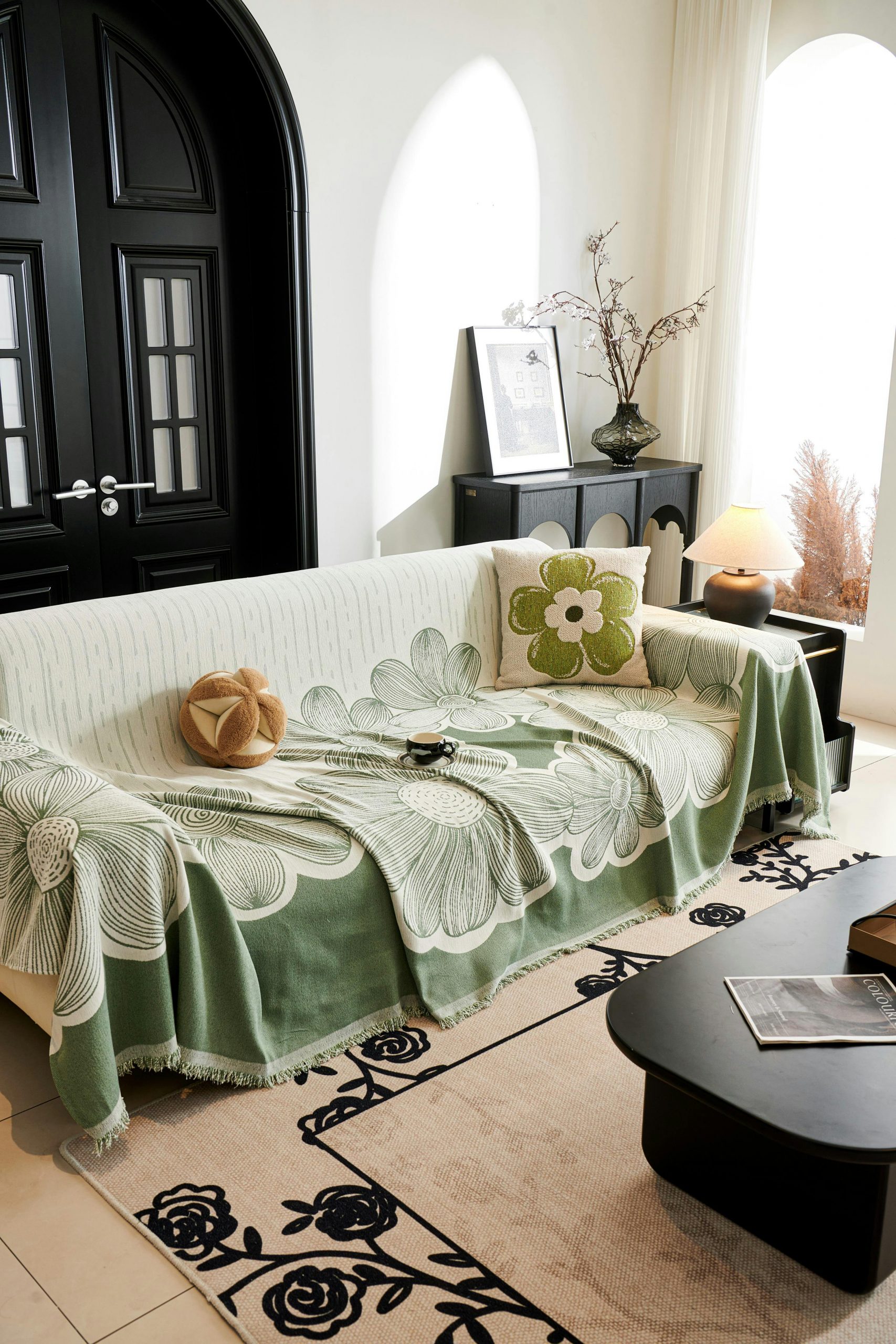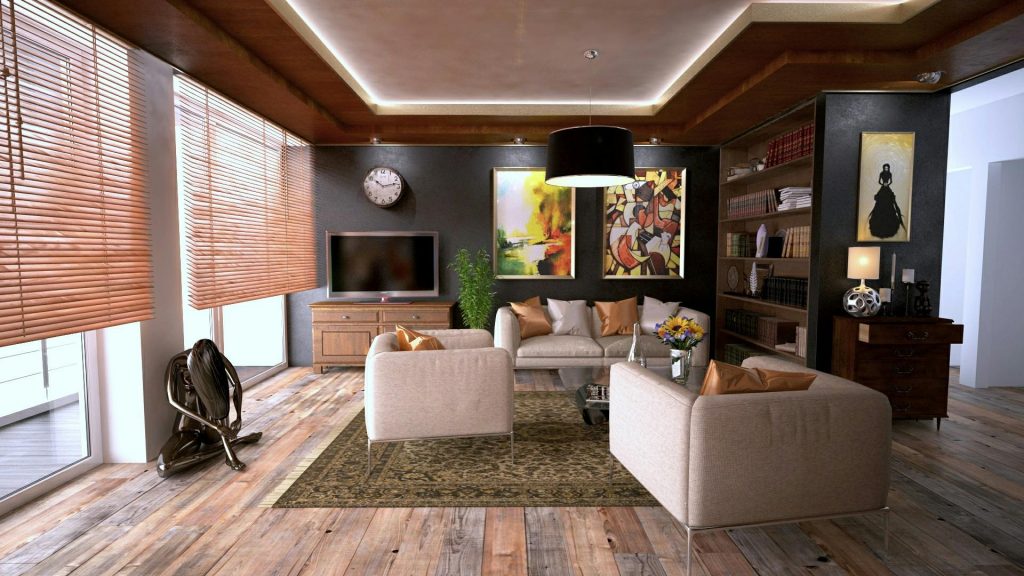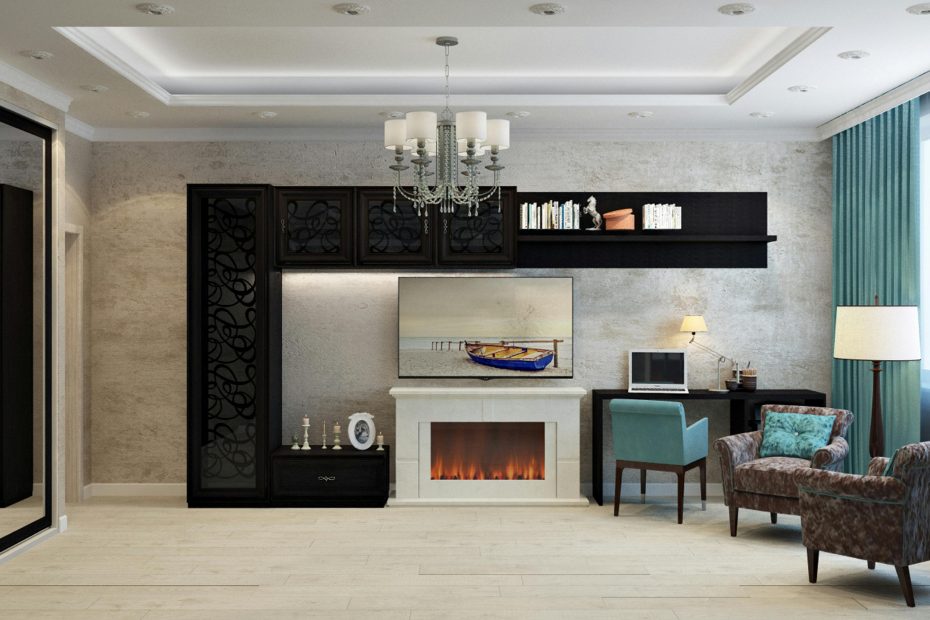The Synergy of AI and Traditional Design Expertise in Modern Creativity
Introduction
The intersection of artificial intelligence (AI) and traditional design expertise is reshaping the landscape of creative industries. As AI technologies become increasingly sophisticated, they offer new tools and methodologies that complement the intuition, experience, and craftsmanship of traditional designers. This article explores the dynamic relationship between AI and traditional design practices, highlighting how their combination is fostering innovation and pushing the boundaries of creativity.

1. Augmenting Creativity, Not Replacing It
One of the most significant concerns regarding AI in design is the fear that it may replace human creativity. However, the reality is that AI acts as an augmentation tool, enhancing the creative capabilities of traditional designers. By automating repetitive tasks—such as rendering, layout adjustments, and data analysis—designers can devote more time to ideation and strategic thinking, driving their creative processes to new heights.
2. Data-Driven Insights for Informed Decisions
AI excels at processing vast amounts of data to identify patterns and trends. Traditional designers can harness this capability to inform their creative decisions. For instance, AI tools can analyze market trends, user preferences, and successful design elements to provide insights that guide traditional designers in their work, ensuring that their creations align with contemporary demands and aesthetics.
3. Personalized Design Solutions
Combining AI with traditional design expertise enables the creation of highly personalized and tailored solutions. AI algorithms can analyze individual client needs, preferences, and behaviors, empowering designers to craft bespoke experiences. From product design to architecture, the ability to integrate AI-driven insights with human understanding results in spaces and products that resonate on a personal level.
4. Efficient Collaboration and Workflow
AI platforms facilitate smoother collaboration between design teams. For example, project management tools integrated with AI can streamline communication, track project progress, and allocate resources efficiently. This fosters an environment where traditional designers can work cohesively, leveraging their expertise alongside AI-driven insights to achieve cohesive and innovative designs.
5. Experimentation and Rapid Prototyping
AI opens the door to rapid prototyping and experimentation. Traditional designers can utilize AI to generate multiple design variations in a short amount of time, enabling them to explore creative avenues they may not have initially considered. This iterative process not only enhances creativity but also encourages risk-taking and innovation, leading to cutting-edge designs.
6. Preserving Craftsmanship in a Digital Age
While AI can automate numerous aspects of design, it is essential to maintain the value of traditional craftsmanship. AI can serve as a mentor, providing insights and suggestions while respecting the designer’s skills and aesthetic vision. This partnership allows designers to leverage technology without losing the unique human touch that defines great design—something that algorithms cannot replicate.
7. Ethical Considerations and Cultural Context
The integration of AI into design processes raises ethical questions regarding bias, originality, and cultural sensitivity. Traditional designers bring invaluable contextual knowledge, enabling them to navigate cultural nuances that AI might overlook. By grounding AI tools in human experience and ethics, designers can ensure a more inclusive and responsible approach to design.

Conclusion
The fusion of AI and traditional design expertise creates a powerful synergy that can drive innovation and creativity in the design industry. As designers embrace AI as a collaborative partner rather than a competitor, they can unlock new levels of productivity, personalization, and artistic exploration. By blending technological advancements with the richness of human creativity, the future of design holds limitless potential, paving the way for designs that are not only functional but also profoundly resonant and culturally significant.




